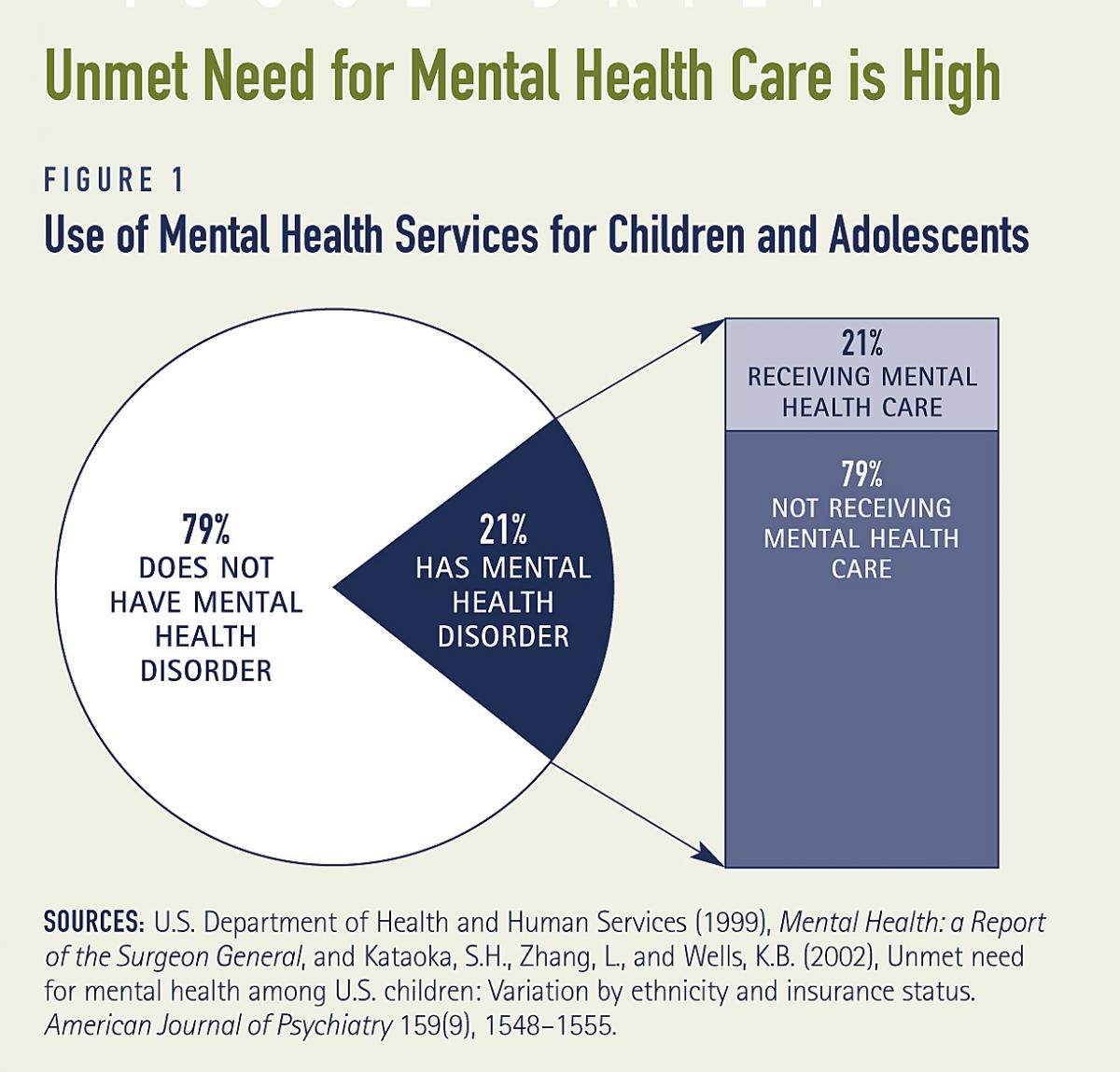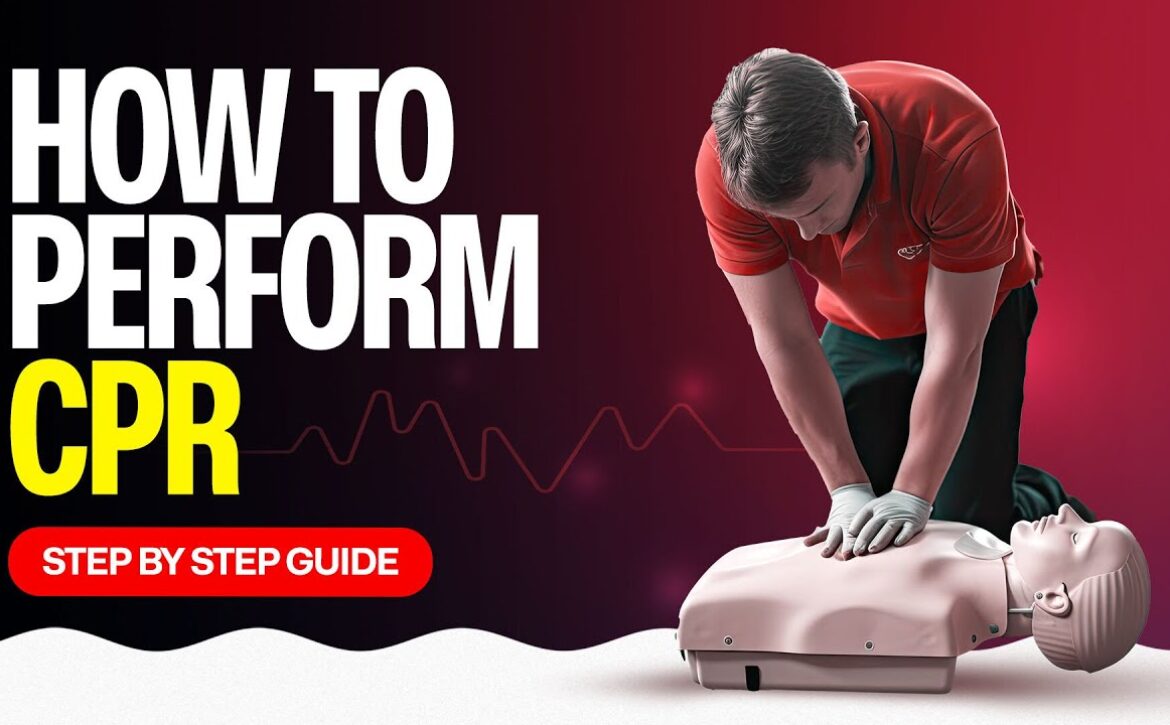
How to Become a Child And Adolescent Mental Health Expert
Are you passionate about making a difference in young lives? Curious about how you can support children and adolescents through their mental health challenges?
You’re in the right place. Understanding how to become a child and adolescent mental health professional opens doors to a rewarding career that changes lives every day. Imagine the profound impact you can have by guiding young minds towards brighter futures.
You’ll discover the essential steps and skills needed to embark on this meaningful path. We’ll break down the process into manageable steps, making it clear and straightforward. By the end, you’ll have a roadmap to start your journey in this vital field. Let’s dive into how you can turn your passion into a career that truly matters.
Career Pathways
Embarking on a career in Child and Adolescent Mental Health can be rewarding. This field helps young people overcome mental challenges. Understanding the career pathways is essential. It guides you through education, certification, and specialization options.
Education Requirements
A Bachelor’s degree in psychology or social work is a good start. This foundation helps you understand basic mental health concepts. Afterward, pursue a Master’s degree in child psychology or counseling. This advanced education enhances your skills and knowledge. Some roles may require a Doctorate for specialized positions.
Certification And Licensing
After completing your education, obtain a license. Licensing requirements vary by region and role. Most positions require passing a certification exam. Consider certifications like the National Certified Counselor (NCC). These credentials validate your expertise and commitment. Stay updated with continuing education courses to maintain your license.
Specialization Options
The field offers diverse specialization areas. Focus on developmental disorders, trauma, or family therapy. Each specialization addresses unique challenges. Choose a specialization aligned with your interests and skills. Specializing enhances your career prospects and impact.
Essential Skills
Becoming a child and adolescent mental health professional requires specific skills. These skills help in understanding and supporting young minds. Essential skills include communication, empathy, analytical skills, and problem-solving. Each skill plays a crucial role in providing effective care and support.
Communication And Empathy
Clear communication is vital. It helps build trust and understanding with children and teens. Listen actively to what they say. Understand their feelings and thoughts. Empathy allows you to connect deeply with them. It shows that you care. Children feel more comfortable when they know someone listens and understands.
Analytical Skills
Analytical skills help in assessing mental health situations. Evaluate symptoms and patterns carefully. Use these skills to make informed decisions. They guide you in creating tailored care plans. Each child is unique. Analytical skills ensure you offer personalized support based on individual needs.
Problem-solving
Problem-solving skills are essential in mental health work. They enable you to find solutions to challenges. Address issues like anxiety or depression effectively. Think creatively and adaptively. These skills help overcome obstacles. Helping children and adolescents find their path to wellness is the goal.
Work Environments
Choosing a career in child and adolescent mental health offers various work environments that cater to different interests and skills. Whether you thrive in bustling hospitals, enjoy the structured setting of schools, or prefer the independence of a private practice, each environment provides unique opportunities to make a positive impact on young lives. As you consider where you’d like to work, think about the daily interactions and challenges each setting presents. Which environment matches your passion and goals?
Hospitals And Clinics
Working in hospitals and clinics puts you at the forefront of critical mental health care. You will collaborate with a team of professionals to address urgent and complex cases. This environment is fast-paced, requiring quick decision-making and adaptability.
You’ll often encounter diverse cases, ranging from anxiety disorders to more severe conditions. The varied experiences can enhance your skills and broaden your understanding of mental health issues. If you enjoy teamwork and want to be where the action is, hospitals and clinics could be your ideal work environment.
Schools And Educational Settings
Schools offer a unique platform to influence young minds in their everyday environment. As a mental health professional in schools, you play a crucial role in the early detection and intervention of mental health issues. You’ll work closely with teachers, parents, and students to create a supportive atmosphere.
In this setting, you can implement programs that promote well-being and resilience. Seeing the direct impact of your work on students’ lives is incredibly rewarding. If you want to integrate mental health support into educational systems, consider pursuing opportunities in schools.
Private Practice
Private practice offers the freedom to tailor your services to meet your clients’ needs. You can set your schedule and choose the therapeutic approaches you believe in. This environment suits those who value autonomy and personal connection with clients.
Running a private practice also means managing the business side of things. You’ll handle appointments, billing, and marketing, which can be challenging yet fulfilling. If you prefer a personalized approach and the flexibility to innovate, private practice might be the path for you.
As you explore these environments, ask yourself: Which setting aligns with your strengths and values? Remember, your choice will shape your career and the lives you touch. Each work environment offers distinct experiences and challenges, so consider where you can make the most impact and find fulfillment in your work.
Challenges And Rewards
Navigating the journey to become a child and adolescent mental health professional presents unique challenges. Balancing the emotional demands with the rewarding impact on young lives can be deeply fulfilling. Building trust with young clients is essential, offering a chance to make a positive difference in their mental health journey.
Becoming a Child and Adolescent Mental Health professional is a journey filled with both challenges and rewards. The path demands emotional resilience and mental fortitude, yet offers profound satisfaction. As you navigate this field, you will confront the complexities of young minds while witnessing their growth and healing.
Emotional And Mental Challenges
Working with children and adolescents requires patience and empathy. You will face situations that test your emotional boundaries. Imagine a teenager who has lost a loved one. Your ability to support them through grief is crucial. Handling intense emotions daily can be draining. It’s essential to find ways to recharge and maintain your own mental health.
Impact And Satisfaction
Despite the challenges, the impact you make is immeasurable. Each positive change in a young person’s life is a testament to your hard work. Remember that moment when a child smiled after weeks of therapy? That’s the kind of satisfaction this career offers. Do you seek a job where you can truly make a difference? The rewards here are genuine and heartwarming. As you embark on this path, ask yourself: Are you ready for the emotional roller coaster? The answer will guide your journey.
Continuing Education
Pursuing a career in child and adolescent mental health requires specialized education. Begin with a bachelor’s degree in psychology or a related field. Advanced training and certification in mental health counseling are essential steps to enhance your skills and knowledge.
Continuing education is crucial if you aspire to work in child and adolescent mental health. The field is always evolving, with new research and techniques emerging regularly. Staying updated ensures you provide the best care and support to young individuals. Let’s look at some effective ways to continue your education.
Workshops And Conferences
Attending workshops and conferences is an excellent way to learn. They offer insights into the latest research and therapies. You also get the chance to network with other professionals. Think about the last conference you attended. Remember the energy and the new ideas you took home? These events can reignite your passion and introduce you to new methods. Workshops often focus on specific skills. They provide hands-on experience, making the learning practical. Whether it’s a weekend session or a week-long event, it’s time well spent.
Online Courses
Online courses provide flexibility and convenience. You can learn at your own pace, fitting education around your schedule. This is perfect for those balancing work, study, and personal commitments. Platforms like Coursera or edX offer courses on child psychology and mental health. These courses are often created by experts and can be done from anywhere in the world. Think about how much you can learn with just your laptop and an internet connection. Why not start a course today and expand your knowledge?
Professional Development
Professional development goes beyond formal education. It includes everything from self-study to mentorship. It’s about continuously growing your skills and expertise. Join a professional association related to child mental health. These groups often offer resources, journals, and training opportunities. They can be a valuable source of information and support. Reflect on your current skills. What areas could use improvement? Seeking out development opportunities can make you a more effective mental health professional. Continuing education isn’t just a requirement; it’s a commitment to your career and the young lives you aim to support. How will you take the next step in your education journey?

Networking And Support
Networking and support are vital for mental health professionals. Building connections aids your career growth and personal development. It provides access to valuable resources and opportunities. Engaging with others in the field opens doors to collaboration and learning.
Professional Associations
Joining professional associations enhances your career. They offer access to resources, workshops, and conferences. Connect with experts and gain insights from industry leaders. Membership often provides directories to find potential collaborators.
Associations also advocate for mental health professionals. They work on policy and research efforts. Being part of an association adds credibility to your profile. Explore associations that align with your interests.
Mentorship Opportunities
Mentorship helps you grow in your career. Experienced mentors guide you in navigating challenges. They share knowledge and offer feedback on your progress. A mentor can help you set goals and achieve them.
Finding a mentor in your field provides valuable insights. Look for mentorship programs in professional associations. Some universities offer mentorship to alumni. Building a relationship with a mentor can be rewarding.
Peer Support Groups
Peer support groups offer a sense of community. They allow sharing experiences and learning from others. Discuss challenges and celebrate successes together. These groups often meet regularly, fostering continuous support.
Online forums provide flexible support options. They connect you with peers worldwide. Joining a support group can enhance your emotional well-being. It’s a safe space to discuss professional and personal issues.
Future Trends
Exploring the path to becoming a child and adolescent mental health professional involves dedication and specialized training. Essential skills include understanding developmental psychology, communication, and empathy. Staying updated with future trends in mental health can enhance practice and ensure effective support for young individuals.
The field of child and adolescent mental health is rapidly evolving, driven by innovative trends and societal shifts. Staying ahead of these changes is crucial for anyone aspiring to work in this impactful area. Let’s explore some of the future trends shaping this field.
Technological Advances
Technology is transforming mental health care for young people. Teletherapy has become a vital tool, making mental health services more accessible to children and teenagers in remote areas. Mobile apps and online platforms offer interactive ways for young clients to engage with their mental health, providing resources and support at their fingertips. Virtual reality (VR) is another exciting development. Therapists use VR to create safe environments where young clients can explore their emotions and practice coping strategies. Imagine a teenager overcoming social anxiety by virtually attending a crowded event with their therapist’s guidance.
Evolving Therapies
Therapies are not just changing; they are adapting to meet the unique needs of today’s youth. Cognitive Behavioral Therapy (CBT) is being tailored specifically for adolescents, addressing issues like social media anxiety and cyberbullying. Emerging therapies focus on integrating mindfulness and emotional regulation techniques. These methods help young clients build resilience and manage stress in a fast-paced world. How might these therapies change the way we view mental health support for children?
Changing Demographics
The demographic landscape is shifting, and mental health care must adapt accordingly. Diverse cultural backgrounds require culturally sensitive approaches in treatment. Understanding cultural nuances can significantly improve the effectiveness of therapy. There is also a growing awareness of the mental health needs of LGBTQ+ youth. Therapists are developing inclusive strategies to support this community, creating safe spaces for self-expression and acceptance. Are you ready to embrace these changes and make a difference in the lives of young people?


Frequently Asked Questions
What Qualifications Are Needed For This Career?
To pursue a career in child and adolescent mental health, you typically need a degree in psychology, social work, or a related field. Additional training and certifications, such as a Master’s in Clinical Psychology or specialized courses in child psychology, enhance your qualifications and make you a competitive candidate.
How Long Does It Take To Become One?
Becoming a child and adolescent mental health professional usually takes 6-8 years. This includes earning a bachelor’s degree, completing a master’s program, and gaining supervised clinical experience. Some roles may require additional certification or licensure, which can add time to the process.
What Skills Are Essential For This Profession?
Key skills include empathy, patience, and strong communication abilities. Understanding developmental psychology is crucial. Analytical skills help in diagnosing and treating mental health issues. Cultural competence is important for working with diverse populations. Ongoing learning and adaptability are also vital in this evolving field.
How Much Do Professionals In This Field Earn?
Salaries vary based on location, experience, and education. Generally, professionals earn between $40,000 to $80,000 annually. Advanced degrees and certifications can lead to higher earnings. Job demand and specialization also impact salary potential in this rewarding field.
Conclusion
Embarking on a journey in child and adolescent mental health is rewarding. Understanding young minds requires patience, empathy, and dedication. Start by gaining relevant education and training. Build skills through internships or volunteer work. Connect with professionals in the field for guidance.
Stay updated with recent research and techniques. Remember, helping kids grow emotionally strong is crucial. Your efforts can make a difference in their lives. Keep learning and adapting to new challenges. You’ll find fulfillment in making a positive impact. Ready to pursue this meaningful path?
Dive in and make a change today!





